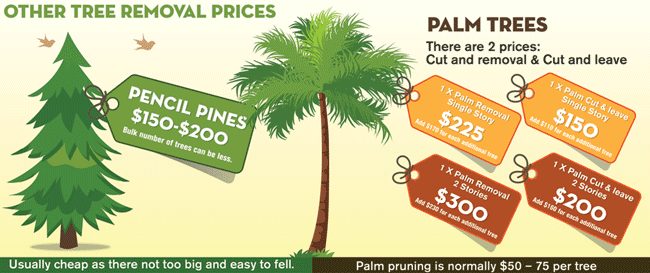Caring For Your Landscape After Tree Removal Is Essential For Its Restoration; Reveal Crucial Actions To Revitalize Your Setting And Prevent Future Problems
Caring For Your Landscape After Tree Removal Is Essential For Its Restoration; Reveal Crucial Actions To Revitalize Your Setting And Prevent Future Problems
Blog Article
Team Writer-Wilcox Deal
After a tree's removal, your landscape might look rather various, and it's vital to assess the consequences meticulously. You'll wish to assess the dirt disruption and examine surrounding plants for any kind of indications of stress and anxiety. Neglecting these variables can bring about bigger troubles down the line. So, what should How To Grind A Stump make with those stumps and origins? And exactly how do you pick the best plants for your revitalized space? Allow's explore these essential actions.
Evaluating the Results: Examining Your Landscape
After a tree removal, it's critical to evaluate your landscape to understand the influence it has on your backyard.
Start by taking a look at the location where the tree stood. Trimming Bonsai Tree of dirt disruption, and examine the bordering plants for any type of tension or damages.
You must also remember of how the removal has transformed sunlight exposure and airflow in your garden. This shift can affect the development of neighboring plants, so it's necessary to examine their health and wellness.
Consider the visual aspects as well; the elimination could develop an open space that you can upgrade.
Lastly, think about any kind of prospective disintegration concerns that may occur from the tree's lack. Attending to these variables early will assist recover equilibrium to your landscape.
Taking care of Stumps and Roots: Options for Elimination
Once you have actually assessed the aftermath of the tree elimination, you'll likely need to take on the stump and roots left.
You have a couple of choices for removal. One efficient technique is stump grinding, where a specialist utilizes a maker to grind the stump down to below ground level. This method leaves minimal disruption to your landscape.
If you favor a DIY method, you can utilize a combination of excavating and chemical stump eliminators. Simply remember, this process can require time and initiative.
Additionally, take into consideration leaving the stump as an all-natural function, which can act as an unique yard component or habitat for wildlife.
Whatever you select, addressing the stump and origins is vital for recovering your landscape.
Selecting the Right Plant Kingdoms for Your New Room
As you examine your freshly removed area, picking the right plants can considerably boost your landscape's beauty and capability.
Begin by considering the sunlight and soil problems. For warm areas, go with drought-resistant plants like lavender or succulents. In shaded places, brushes and hostas flourish well.
Think of the size and growth behaviors of your plants; mix perennials and annuals for seasonal range. Don't forget to incorporate indigenous varieties; they need less upkeep and support neighborhood wild animals.
Group plants in odd numbers for an extra all-natural appearance and produce layers for visual deepness.
Lastly, ensure you have a mix of shades and structures to keep your landscape lively throughout the seasons.
Remove Tree Stump growing!
Conclusion
To conclude, recovering your landscape after tree elimination is a fulfilling procedure. By analyzing the after-effects, resolving stumps and roots, and picking the right plants, you'll create a successful atmosphere. Don't fail to remember to incorporate disintegration control steps to secure your soil. With a little effort and care, you can change your area right into a vivid yard that enhances your home. Welcome the possibility to renew your landscape and enjoy the appeal of nature right in your yard!
